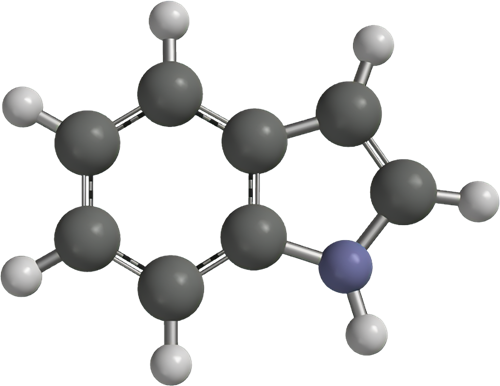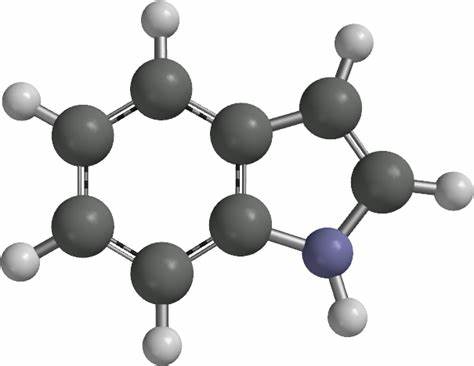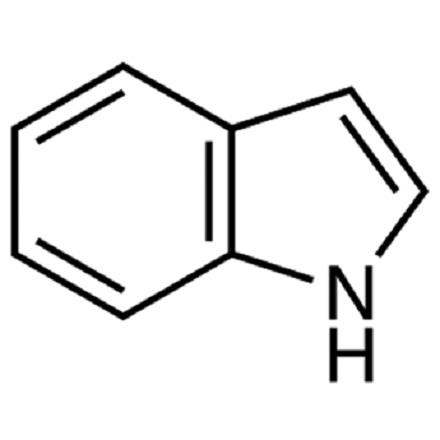What is Indole?
Feb 13,2020
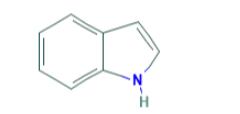
Indole, also called benzopyrrole, an aromatic heterocyclic organic compound occurring in some flower oils, such as jasmine and orange blossom, in coal tar, and in fecal matter, is a colorless solid having a pleasant fragrance in highly dilute solutions. It melts at 52.5° C. First isolated in 1866, indole has the molecular formula C8H7N. It has a bicyclic structure, consisting of a six-membered benzene ring fused to a five-membered nitrogen-containing pyrrole ring.
Indoles are present widely in the natural environment, such as in broccoli, cabbage and other cruciferous vegetables, also in coal tar. It occurs naturally in human feces and has an intense fecal smell. At very low concentrations, however, it has a flowery smell, and is a constituent of many flower scents (such as orange blossoms) and perfumes. Natural jasmine oil, used in the perfume industry, contains 2.5% of indole approximately. Indole was also used in making tryptophan, an essential amino acid, and indoleacetic acid (heteroauxin), a hormone that promotes the development of roots in plant cuttings.
The participation of the nitrogen lone electron pair in the aromatic ring means that indole is not a base, and it does not behave like a simple amine. As an intercellular signal molecule in both gram-positive and gram-negative bacteria, indole regulates various aspects of bacterial physiology, including spore formation, plasmid stability, resistance to drugs, biofilm formation, and virulence. Indole has been shown to control a number of bacterial processes such as spore formation, plasmid stability, drug resistance, biofilm formation, and virulence. Indole may have anticarcinogenic activity.
Commonly synthesized from phenylhydrazine and pyruvic acid, although several other procedures have been discovered, indole also can be produced by bacteria as a degradation product of the amino acid tryptophan.
In addition to tryptophan, indigo, and indoleacetic acid, numerous compounds obtainable from plant or animal sources contain the indole molecular structure. The best-known group of these compounds is the indole alkaloids, members of which have been isolated from plants representing more than 30 families.
References
1.Dendritic Nanotechnologies, Inc. Dendritic polymers with enhanced amplification and interior functionality. WO2006/115547[P], 2006, A2, Location in patent: Page/Page column 151; 152
2.Innovative Surface Technologies, Inc. Wen J, Lawin LR, Guire P. Brush polymer coating by in situ polymerization from photoreactive surface.
You may like
Related articles And Qustion
Lastest Price from Indole manufacturers
Indole
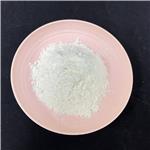
US $20.00/kg2025-04-21
- CAS:
- 120-72-9
- Min. Order:
- 1kg
- Purity:
- 99%
- Supply Ability:
- 10 mt
Indole
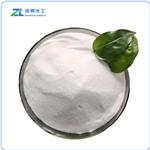
US $150.00/kg2025-04-21
- CAS:
- 120-72-9
- Min. Order:
- 1kg
- Purity:
- 99%
- Supply Ability:
- 500kg

